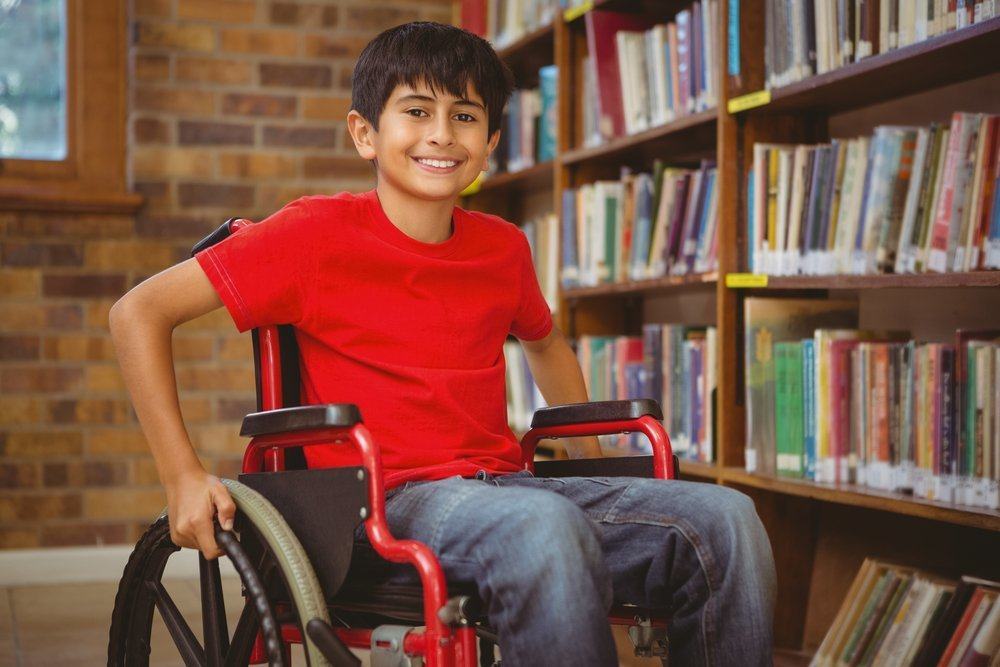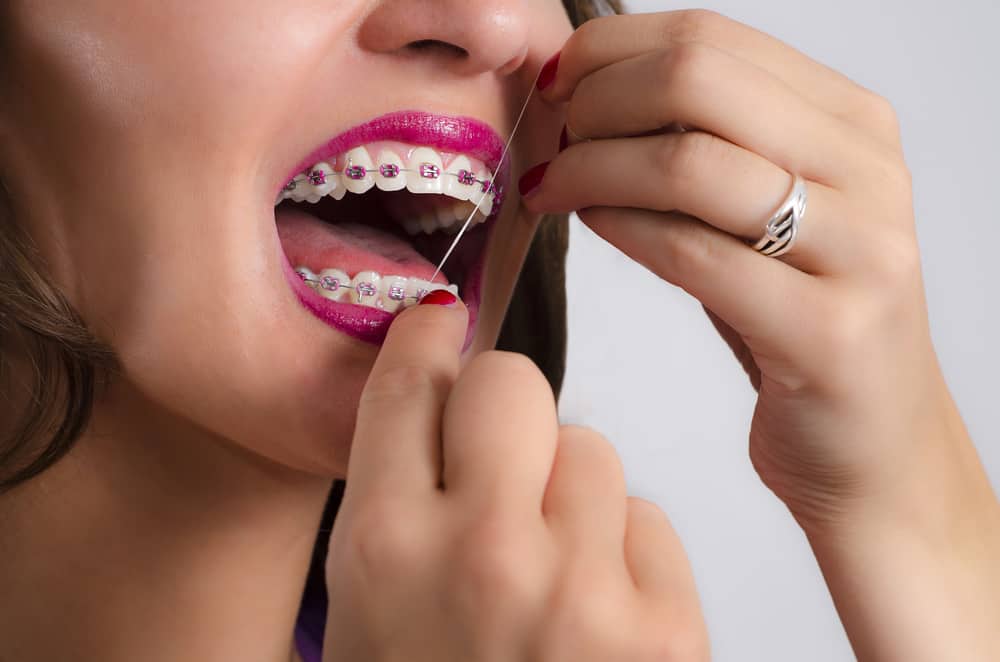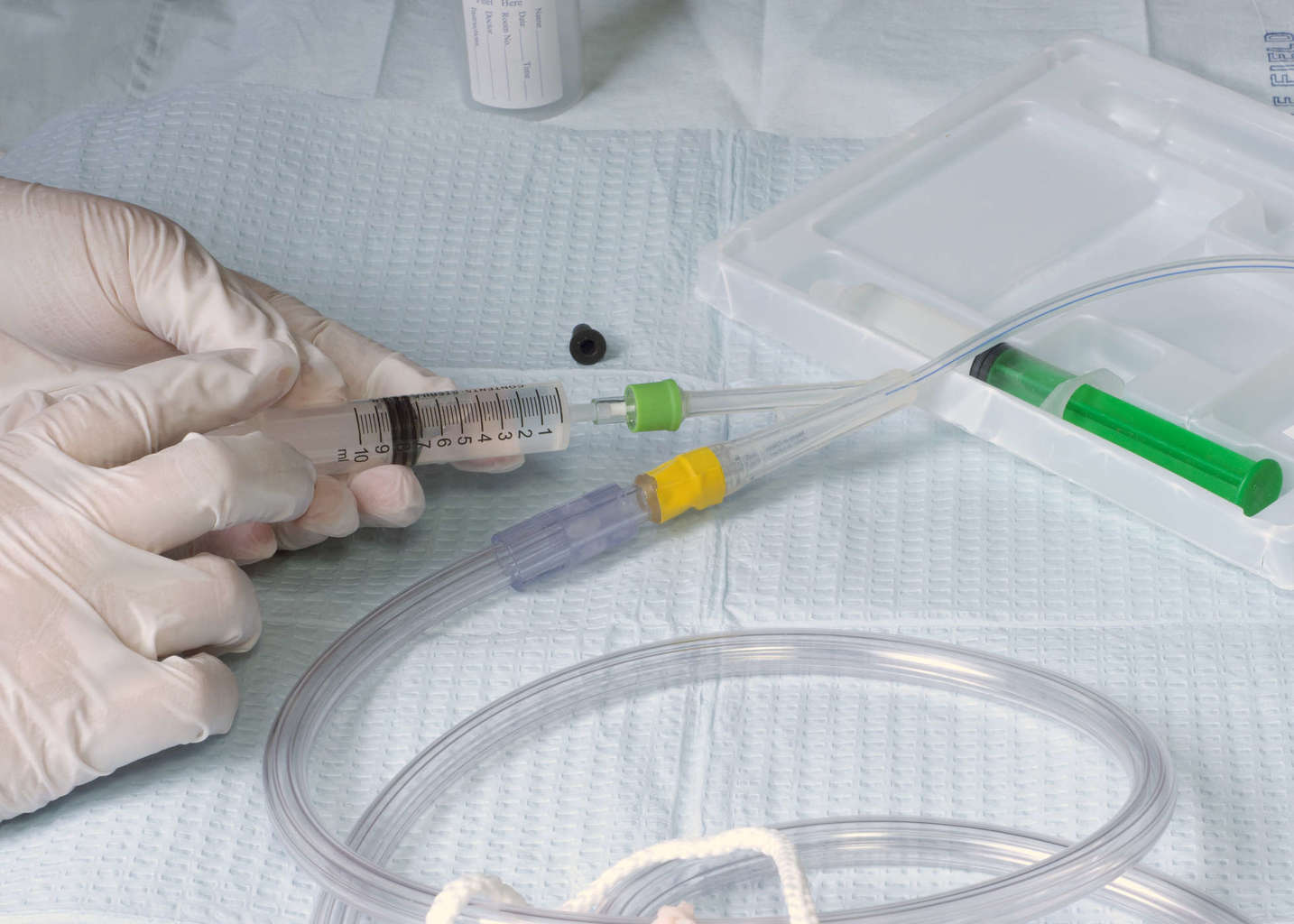Contents:
Medical Video: Young ALD Carriers: Our Stories
Adrenoleukodystrophy (ALD) is a term used to refer to several different hereditary conditions that affect the nervous system and adrenal glands. Other names of ALD are adrenomyeloneuropathy, AMN, and the Schilder-Addison complex. But what is that really?
What happens to people with adrenoleukodystrophy (ALD)?
Adrenoleukodystrophy (ALD) is one of a group of brain disorders, called leukodystrophies, which damage myelin (the cylinder sheath that wraps several nerve fibers) from the nervous system and the adrenal cortex.
ALD is different from neonatal adrenoleukodystrophy, which is a disease of newborns and in the early stages of development - which is included in the group of peroxisomal biogenesis disorders.
Brain function will decline because the myelin sheath is gradually stripped of this disease from the brain's nerve cells. Mielin functions as a regulator of the way humans think and control the muscles of the body. Without this sheath, the nerves cannot work. In other words, the nerve will stop sending signals to the muscles and other supporting elements of the central nervous system about what to do.
Some individuals affected by ALD have adrenal insufficiency, which means a lack of production of certain hormones (adrenaline and cortisol, for example) that cause abnormalities in blood pressure, heart rate, sexual development, and reproduction. Some of the ALD patients experience a number of serious neurological problems that can affect mental function, and cause paralysis and reduced life span.
Who can get adrenoleukodystrophy (ALD)?
ALD is an X-linked recessive genetic disorder caused by a disruption in the ABCD1 gene on the X chromosome. This gene abnormality causes the formation of adrenoleukodystrophy (ALDP) protein mutations.
Protein adrenoleukodystrophy (ALDP) helps your body break down very long chain fatty acids (VLCFA). When the body is unable to produce enough ALDP, fatty acids will accumulate in the body and damage the myelin sheath. This condition can endanger the outermost layer of spinal cord cells, brain, adrenal gland, and testicles.
Adrenoleukodystrophy does not recognize race, ethnicity or geographical boundaries. Reporting from Health Line, according to the Oncofertility Consortium, this rare disease attacks 1 in 20-50 thousand people - especially men, children and adults.
Women have two X chromosomes. If a woman inherits an X chromosome mutation, she still has one X chromosome reserve to help offset the effects of that mutation. Therefore, if a woman has this condition, she tends not to show symptoms of the disease at all - or not significantly, if any. Meanwhile, men only have one X chromosome. That is, boys and adults have a lack of protective effects from additional X chromosomes, which makes them more easily affected (if inherited ALD gene mutations).
Signs and symptoms of adrenoleukodystrophy (ALD)
In children
The most damaging form of ALD is childhood ALD, usually starting to develop at the age of 4-8 years. A healthy and normal child, at first, will show behavioral problems - such as self-isolation or difficulty concentrating. Gradually, while the disease is gnawing the brain, the symptoms that appear will begin to worsen, including difficulty swallowing, difficulty in language comprehension, blindness and hearing loss, muscle spasms, loss of body muscle control, progressive brain intellectual function, motor damage, squint, dementia progressive, to coma.
In adolescents
ALD in adolescents begins at the age of 11-21 years, with the same symptoms but the development of symptoms is slightly slower than the child's ALD.
In adults
Adrenomyeloneuropathy, the adult version of ALD, starts in the late 20s and 50s, and is characterized by difficulty walking, progressive body weakness, and leg stiffness (paraparesis), loss of muscle motion coordination ability, excessive muscle mass (hypertonia), difficulty speaking (dysarthria), seizures, adrenal deficiency, difficulty focusing and remembering visual perception, and loss of vision. These symptoms will develop in decades - slower than ALD. Symptoms of adult ALD can be similar to schizophrenia and dementia.
This deterioration will occur without stopping and can cause permanent paralysis - usually within 2-5 years after the initial diagnosis - until death. Death from ALD usually occurs within 1-10 years after the onset of symptoms.
Can adrenoleukodystrophy (ALD) be cured?
Adrenoleukodystrophy is a lifelong disease. That is, this disease cannot be cured (as far as medical research to date), but doctors can slow the severity of symptoms.
Hormone therapy can save lives. Abnormal functions of the adrenal gland can be treated with corticosteroid replacement therapy. Steroid therapy can be used to treat Addison's disease (adrenal insufficiency). There is no specific method for treating other types of ALD. Individuals with ALD can undergo symptomatic treatment (symptom management) and supportive, including physical therapy, psychological support, and special education.
Is lorenzo oil effective as an alternative treatment of adrenoleukodystrophy (ALD)?
A number of recent studies have shown that a mixture of oleic acid and erucic acid, known as Lorenzo oil, which is given to boys with ALD before the onset of symptoms can prevent or delay the progression of the disease. It is not yet known whether lorenzo oil can be used to manage adrenomyeloneuropathy (adult version of ALD). Furthermore, Lorenzo oil has been proven not to have any effect on boys with ALD who have symptoms.
Bone marrow transplantation has been shown to be successful in individuals with early stage adrenoleukodystrophy (ALD). However, this procedure carries the risk of death and is not recommended for those who have acute or severe stage ALD, those who experience symptoms as adults, or in neonatal cases.
READ ALSO:
- Detect the health of the body through feces
- From sun allergies to water allergies, why?
- What happened during our death?












